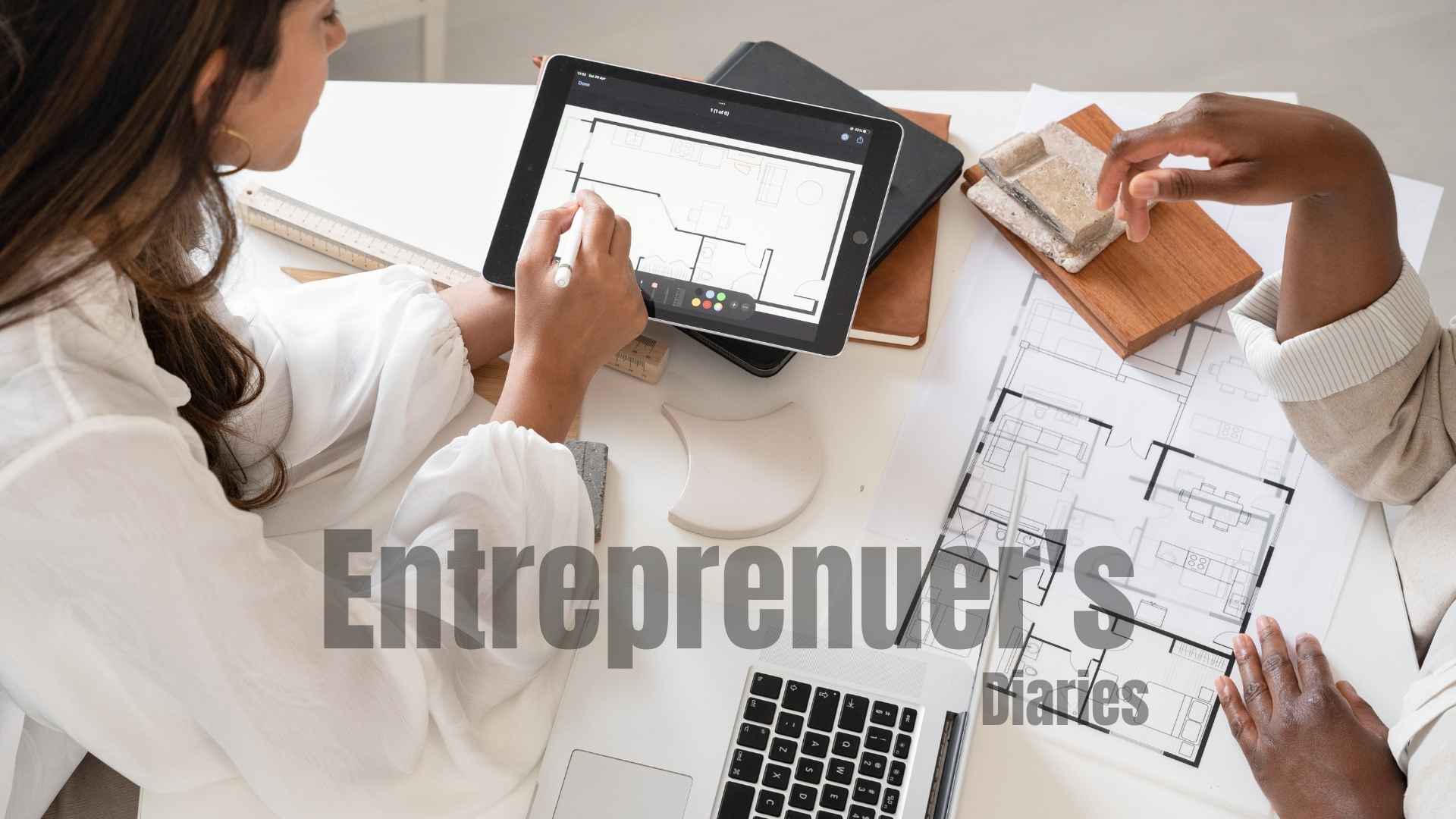The dining table isn’t cutting it anymore.
Not for founders running cash-flow forecasts between toddler naps. Not for the solo SaaS builders fielding investor calls while roommates clatter in the kitchen. The early days of makeshift work-from-home setups are long gone. These days, if you’re leading a company even a team of one you need a space that can carry the weight.
The home office has become more than a room. It’s a tool. A container for deep work, strategy, mess, and late-night pacing. And when it’s done right, it doesn’t just make work easier. It makes leadership feel a little less like a grind.
You Can’t Fake Focus
The first thing interior designers will tell you: define the space. That doesn’t mean slapping a desk in the corner of your bedroom and calling it headquarters. It means carving out a zone ideally with a door that signals to your brain (and everyone else in the house) that you’re at work.
“You need clear separation,” said designer Scott Snyder, speaking to Architectural Digest. He’s not just talking aesthetics. Founders working from couches or high-traffic areas are setting themselves up for fractured thinking. There’s no clarity when your inbox shares square footage with the laundry pile.
The more intentional the space, the more energy it holds. And if you can orient your desk to face the door even better. It’s a classic move from Feng Shui, noted by Real Simple, that helps create a sense of command. Subtle, sure. But for founders holding chaos at bay, small shifts matter.
Spend Where It Matters
No one’s suggesting you spend thousands on a walnut desk and leather-bound everything. But skimping on a chair? That’s a rookie move.
According to Entrepreneur, a good ergonomic chair is one of the few non-negotiables. You can find a desk on Craigslist. A chair that won’t wreck your back after twelve hours? Worth every dollar. That, and decent lighting. Natural if possible. A soft lamp if not. Shadows on your face during a Zoom call aren’t just unflattering they’re distracting.
Rugs help too. Not for style, necessarily, but for grounding. Especially in open floor plans or loft spaces, a rug defines territory. Your mind knows when it’s in work mode.
Storage = Sanity
Mess kills momentum. That’s a universal truth among founders, whether they’re running VC-backed teams or bootstrapping their way to profitability.
Designer Paul Vincent Wiseman told Architectural Digest that home offices need to be “closable.” Not just metaphorically. Actual doors, drawers, and cabinets that hide the clutter fast. Because not every day ends with a clean inbox, but being able to shut things down visually and emotionally can save your evening.
Designers like Charles Allem go further. He swears by library-style setups with outdoor views. Calm, quiet, cerebral. Even if your “outdoor view” is a windowsill with a potted fern, it still beats staring at a blank wall.
One Desk Isn’t Enough
What the pandemic taught a lot of founders is that posture drives output. One desk isn’t going to cut it. The most functional home offices have zones: a standing spot for calls, a sit-down area for spreadsheets, maybe even a soft chair for journaling or reading pitch decks.
As Architectural Digest put it, this variety keeps the body moving and the mind from getting stuck. It’s also easier on your back.
And don’t ignore what’s on the walls. Art, mood boards, notes to self anything that roots you in your mission. The team at Vogue emphasizes that a home office should reflect your identity, not just your job description. When you’re the founder, those are often the same thing.
Founders Are Tired. The Office Should Help.
Here’s where the design conversation shifts. More and more, founders are integrating wellness into their workspaces. Not in a vague, Instagrammable way but practically. Think air purifiers, warm lighting, sound panels that dull the edge of the world outside. According to the Wall Street Journal, the “work-from-home vibe” has matured. What used to be a folding table and a dream is now a fully realized ecosystem tech-forward, mood-conscious, and deeply personal.
Some of it’s small stuff. A diffuser. A mini-fridge. A meditation cushion shoved under the desk. But together, these details say something: this space isn’t just for output. It’s for staying sane while building something hard.
The Office Becomes a Co-Founder
If it sounds intense, that’s because it is. The founder journey isn’t smooth. Most days feel like firefighting. But the home office? That’s one fire you can actually design your way out of.
It won’t make fundraising easier or magically speed up product development. But it will catch you when your brain’s fried, your back hurts, and you’ve forgotten what day it is.
And when you sit back down the next morning, coffee in hand, with the right chair, the right light, the right rhythm there’s a moment of calm. A flicker of control. Enough to remind you: you’ve got this.
Connect With Us On Social Media [ Facebook | Instagram | Twitter | LinkedIn ] To Get Real-Time Updates On The Market. Entrepreneurs Diaries Is Now Available On Telegram. Join Our Telegram Channel To Get Instant Updates.
Freya is a digital nomad and writer from Sweden, curating business travel hacks and remote-work inspiration from her global adventures.






